 |
http://citeseerx.ist.psu.edu/viewdoc/download?doi=10.1.1.102.3409&rep=rep1&type=pdf#page=10
Non-structural measures for
water management problems
Proceedings of the International Workshop
London, Ontario, Canada
18 – 20 October 2001
Conclusion: living with floods
Since a flood protection system guaranteeing absolute safety is an illusion, a change of paradigm
is needed. It is necessary to live with the awareness of the possibility of floods and to
accommodate them, rather than to try, in vain, to eradicate them. Kundzewicz & Takeuchi
(1999) give examples of past implementation of the notion “living with floods” in the South-East
Asia and Japan.
Important is building out flood and risk consciousness among the public. No matter how high a
design („safe”?) flood is, there is always a possibility of having a greater flood, inducing losses.
Should dikes be designed to withstand a 100-year flood or perhaps a 500-year flood? The latter
solution would give a better protection, being far more costly. Yet, it may still turn out to be
insufficient if a 1000-year flood arrives.
Such principles of sustainable development as “source control rather than end-of-pipe”,
“participatory approach”, “subsidiarity principle”, “precautionary principle”, “working with
nature rather than against nature” are of universal validity also for flood preparedness. One
more flood-specific principle could be formulated as “risk taker pays” resulting from the fact
that “living with floods” means taking risks consciously.
Despite criticism of structural flood protection mesures like dams and levees, they are absolutely
needed to safeguard existing developments, in particular in urban areas. In developed countries,
costly protection facilities can be in place, designed (say overdesigned) for a high, rare flood.
Reinforced dikes, or super-dikes play an important part in flood protection of urban areas in
Japan (cf. Kundzewicz & Takeuchi, 1999). An effective flood protection system is therefore a
mix of structural and non-structural measures. Those latter approaches better conform to the
spirit of sustainable development.
As stated by Smith & Ward (1998, p. 5): “[f]luvial channels can carry only a fraction of the
flood flows so that the remaining must spill on to the floodplain. In flood conditions, therefore,
channels and their adjacent floodplains are complementary and together form the proper
conveyance for the transmission of floodwater. In many cases even major floods simply spill
their waters on to unocuppied floodplains or “washlands” where they do little damage and may
even be beneficial. Floods constitute a “hazard” only when human encroachment into floodprone
areas has occurred.”
Discussion is offered of results reported in the literature for both analysis of the past data and of
scenarios for the future, emphasizing the existing uncertainties. The general statement that high
floods are becoming more frequent is supported by several studies, being challenged in analyses,
where a frequency rise could not be distinguished, or when the finding was: “wetter but less
extreme”.
A regional change in timing of floods has been observed in many areas, with increasing late
autumn and winter floods and less ice-jam-related floods. This has been a robust result. Yet,
intensive and long-lasting precipitation episodes happening in summer have also led to
disastrous recent flooding (e.g. the Odra / Oder deluge in 1997, cf. Kundzewicz et al. (1999)).
It is difficult to disentagle the direct anthropogenic and climatic component in the flood data
subject to strong natural variability and influenced by man-made environmental changes:
urbanization, deforestation, human occupying hazardous areas, reduction in storage capacity,
etc.
All in all, future change of flood risk may be complex. In many places flood risk is likely to
grow, due to a combination of anthropogenic and climatic factors. Yet, quantification of flood
statistics is difficult and subject to high uncertainty. As stated in IPCC (2001, Technical
Summary, “[t]he analysis of extreme events in both observations and coupled models is
underdeveloped” and “the changes in frequency of extreme events cannot be generally attributed
to the human influence on global climate.” Some recent studies show that the flood hazard is
likely to rise in the future and that plausible climate change scenarios result in future increases of
both amplitude and frequency of flooding events. Yet, there has been no conclusive and general
proof as to how climate change affects the flood behaviour, based on the data observed so far.
| จากคุณ |
:
Detonator_Pao_  
|
| เขียนเมื่อ |
:
25 ส.ค. 54 22:31:13
|
|
|
|
 |



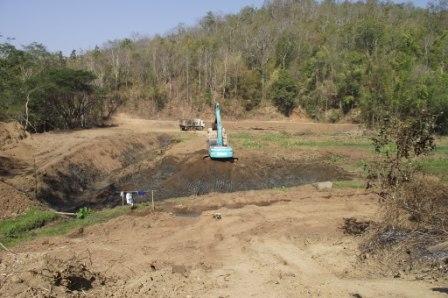
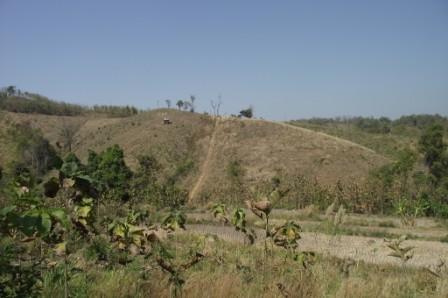




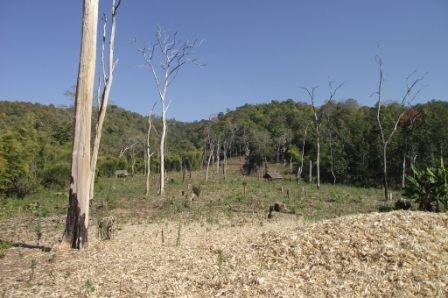

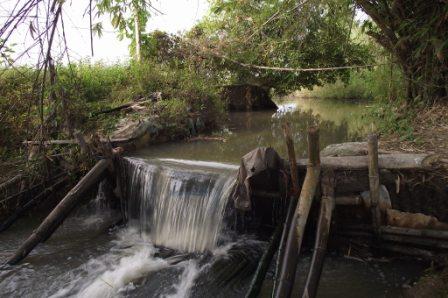

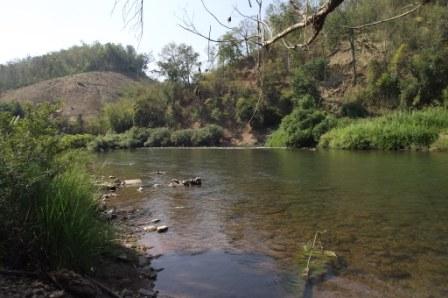

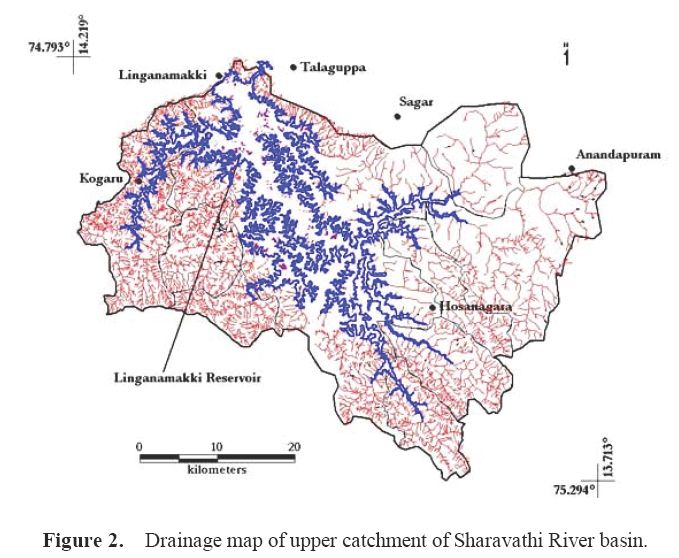

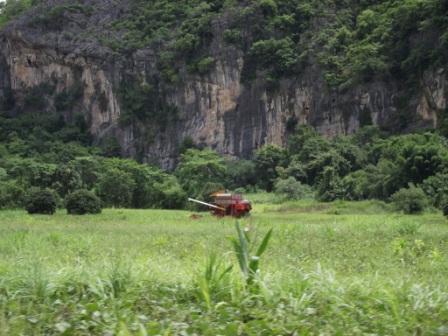
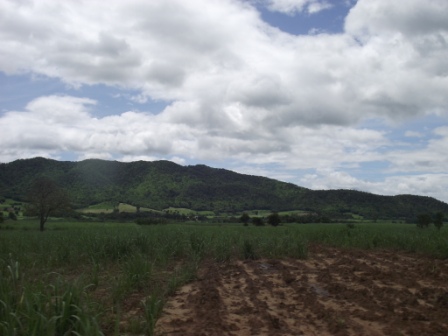
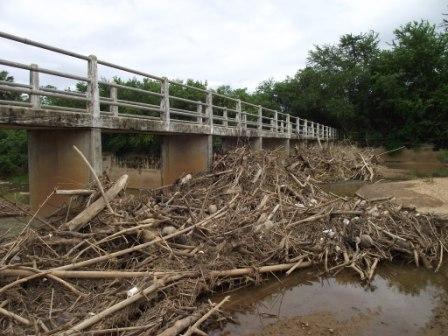



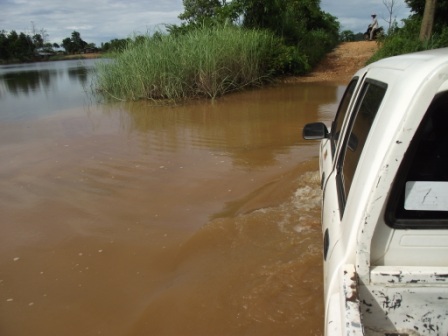





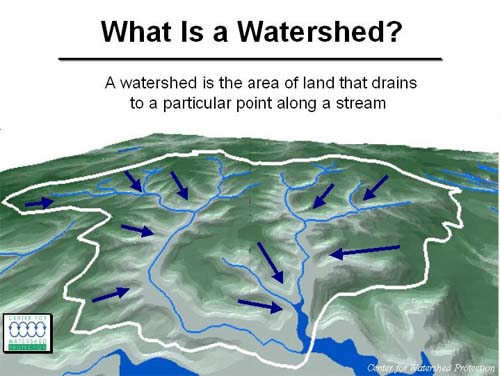
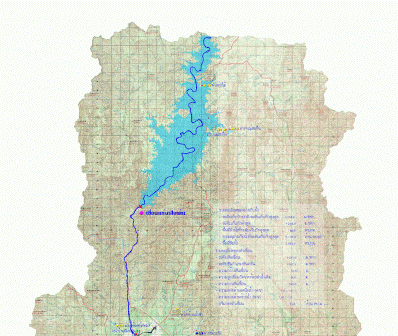

 ... เข้ามาดู
... เข้ามาดู